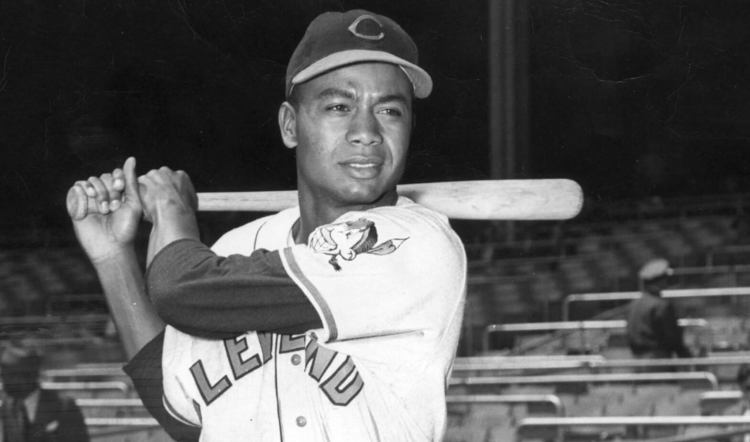Last month, LinkedIn released the results of a survey of its members, gathering the opinions of more than 600 startup investors and founders on the current state of diversity in the venture capital industry.
The results — though unsurprising to many of us — were quite sobering.
In an industry where 98 percent of senior investors are either White or Asian, and African American male founders receive just two percent of all venture capital deployed, less than five percent of those surveyed rated diversity as their top concern. Some even pushed back against the basic idea that there is a good business case for funding companies or hiring employees with diversity in mind.
Others expressed a basic desire to be more inclusive, but identified “pipeline problems” as the primary reason they could not find more diverse talent. And yet, many of these same respondents expressed optimism that their teams would naturally become more diverse in the next five to ten years.
This apparent contradiction led LinkedIn to conclude, “Investors and startup founders think tech’s diversity problem will solve itself.”
As the leader of a firm that invests in diverse tech startups, a founding member of the National Venture Capital Association’s Diversity Task Force and a person who cares deeply about economic inclusion, it would be easy for me, and many others, to be disappointed by the results of this survey.
But I live in Cleveland, where our beloved baseball team’s amazing (and heartbreaking) fall run is still top of mind for many. That’s probably why these survey results immediately reminded me of the 1947 Indians, and the critical role they once played in breaking through a very different diversity barrier.
How the game changed
In 1947, Cleveland Indians owner Bill Veeck, put an African American power hitter named Larry Doby in his lineup. More people would talk about this today if Brooklyn Dodgers boss Branch Rickey hadn’t made history just a few months earlier by calling up Jackie Robinson.
Still, both teams ignited a firestorm of controversy at the time. And yet, 12 short years later professional baseball was completely integrated. Today, it is considered ridiculous that teams who were supposedly concerned with winning baseball games ignored so much potential talent for so long — and for such short-sighted reasons.
But in 1947, diversity was still considered highly unnecessary by much of baseball’s elite. Sure, some of these people were motivated by outright racism. But for most others, it was more complicated. Yes, there were black athletes who could succeed in the big leagues, but there were so many easy excuses for not giving them an opportunity to play the game. After all, baseball already had a formula that had been working well for nearly a century. Why tinker with America’s pastime?
Today, we often think of leaders like Branch Rickey and Bill Veeck as being driven by idealism and a fundamental sense of fairness. But it’s worth mentioning that the Dodgers were also tired of getting embarrassed by the New York Yankees, who were building what would become one of the most dominant teams to ever play the game (between 1947-1958 they won eight World Series titles, beating the Dodgers for five of them).
The Indians too, were a team on the cusp, with a young ambitious owner looking for any competitive edge he could get. Why not leverage an overlooked and undervalued portion of the baseball talent pool, especially when all that stood in the way was conventionality?
So, Rickey and Veeck didn’t wait around for someone to create a better pipeline for connecting talented African American players to the big leagues — they built one themselves, because they wanted to win.
And win they did. Doby’s powerful bat helped the Indians dominate the 1948 World Series, along with a little help from African American pitching legend Satchell Paige, who had been kept out of the majors for two decades until Veeck signed him at the young age of 42 (he would go on to pitch for another 18 years).
Meanwhile over in the National League, the Dodgers took home the pennant in 1947 and again in 1949. Finally in 1955, they would beat the juggernaut New York Yankees to win the World Series (Robinson’s famous home plate steal over Yogi Berra in game one still makes highlight reels today).
Chasing a competitive edge
To me, these are much more than old baseball stories. They are also an important lesson for the next generation of investors and entrepreneurs. Whether its baseball or biotech, it’s usually easy to see the need for a shakeup in hindsight.
In the actual moment, things can be far less clear. Implicit bias and groupthink inevitably develop over time, blinding us to the fact that although we think we are capable of recognizing “the best,” we tend to stick closest to those who think, act, and look like we do.
That leads to sameness — the enemy of innovation. And while the disrupters who push back against this sameness aren’t always appreciated in the moment, history shows how they reinvigorate our culture, economy, and society over time.
So, for those of you already fighting to make the venture capital space more inclusive, just remember this. In 1947, a survey of 600 baseball experts would have revealed a myriad of excuses to keep doing things exactly the way they had always been done.
Veeck, Doby, Rickey, and Robinson are in the Hall of Fame today because they weren’t interested in conventional thinking. They didn’t wait around for the game to change, or worry too much about people who didn’t believe it should.
They just got to work, and the rest of the world eventually caught up.
Ray Leach is CEO of JumpStart Inc.


